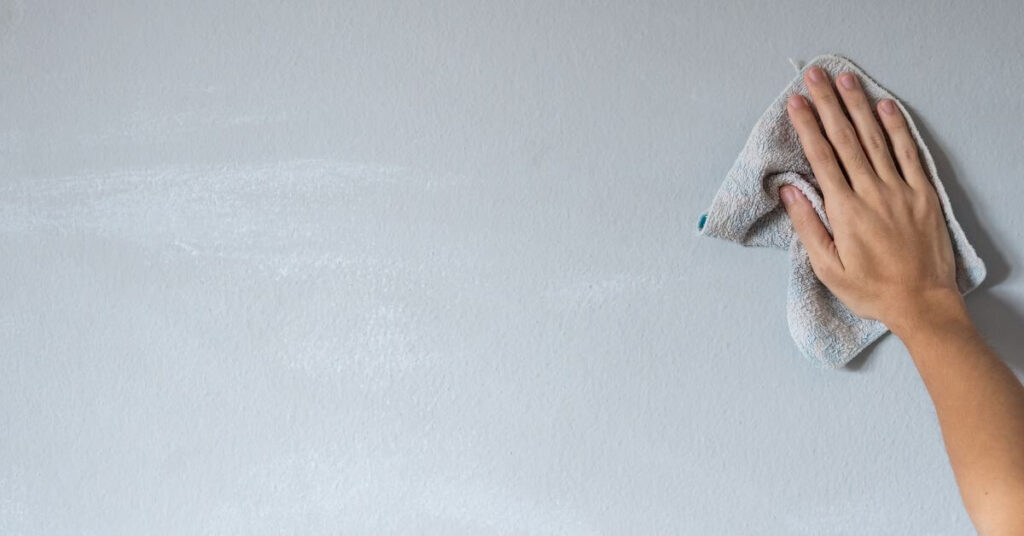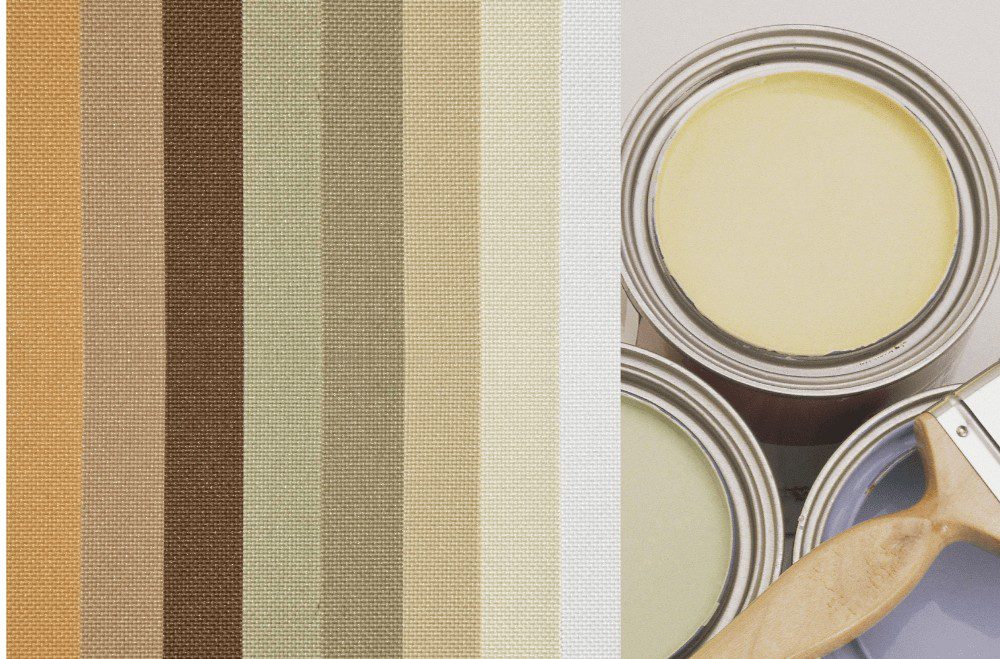
Maintaining a spick-and-span home is less stressful when you’re keeping up with the basic chores but challenging when it comes to the tasks that require extra attention and care.
Among all the surfaces to be cleaned, walls are probably way down (or maybe non-existent) on your list. You mop your floors, vacuum your rugs, wipe your countertops and dust your furniture frequently. But when was the last time you cleaned your walls or windows? You must remember that, like horizontal surfaces, vertical surfaces are targetted by fingerprints, scuffs, scrapes, and dust too.
However, preserving a freshly painted look isn’t just as simple as wiping your walls regularly considering the paint finish is equally important. While all walls can be dry dusted, the type of cleaners you can use, whether or not you can go for wet cleaning, and the amount of scrubbing required for cleaning without causing any damage depends on the paint finish.
So, before you include this chore in your routine, take a few moments to read this easy guide on how to clean walls without damaging paint.
Figuring Out The Paint Finish You Have

Considering the type of paint your walls have will hint to you about the cleaner you should use.
For example, flat and matte paint finishes disguise stains on the wall, but they aren’t very durable, which is why they can quickly get damaged with harsh cleaning. Eggshell paint carries a slight sheen but can still be defaced if washed aggressively. Whereas gloss and semi-gloss finishes have the highest durability and shine, making them the easiest to wash without any damage.
How do you determine the type of paint on your walls? A simple method is to view your walls in sunlight. If it has a matte look and doesn’t reflect light, then that means you should be careful and gentle when cleaning. Alternatively, a shiny surface indicates a durable finish that can handle stronger cleaners and scrubbing.
Whichever cleaner you go for, make sure to do a spot test on a small area before applying it to the entire wall.
Step-by-step Cleaning Guide
Cleaning your walls without damaging paint isn’t rocket science — just a little careful planning, appropriate materials, and the right methods can do the trick!
We’ve broken down the entire process into simple steps to help you make your home look spotless and gleaming again!
Gather The Supplies
There’s a possibility that you can find most of the cleaning essentials at home. Here’s a list of the things you should look for:
- Liquid dish soap
- Buckets
- Vacuum with an attached dust brush
- Baking soda and vinegar
- Water (both warm and cold)
- Hydrogen peroxide
- Microfiber cloth
- Stain remover
Cover The Floor
You might end up making a bigger mess if you don’t cover the floor when cleaning the walls. So, prepare by placing towels or sheets to collect any dust and drips sliding down.
Dust The Walls
Washing a wall before dusting it is a huge mistake. Adding water to dust can cement the grime onto the paintwork.
Use the dust brush attachment on the vacuum cleaner to give your walls a detailed dusting. You can also wrap a dry mop head with a special microfiber cloth (not an ordinary rag) to dust from top to bottom without any scratches. A simple craft brush can also do the job — just use whatever equipment you have at home.
Prepare The Solution And Test It On The Wall
Once you’ve wiped off the dust, start preparing the solution. Mix 1 teaspoon of dishwashing liquid with one cup of white vinegar and one bucket of warm water (tip: avoid making it too soapy) and soak the tack cloth for a few minutes before wringing it out.
While dish soap and water make a light cleaning solution, it is still a good idea to test it on an inconspicuous area (like behind a painting or furniture) to double-check that it won’t cause any damage. After all, it’s always better to be safe than sorry.
Start Washing Gently
It’s now time to tackle the entire wall. Start at the top of the wall and gradually move downwards in circular motions. Don’t use a cloth with any rough surfaces, and apply minimum pressure to prevent watermarks or bubbling. Also, keep a clean sponge and a bucket filled with cold water near you to wash off any excess.
Deal With The Stubborn Stains
Areas around the door jambs and light switches, and walls exposed to extra grime, such as the kitchen or dining, tend to have stubborn stains. We’ve compiled three different techniques to help you fight these rigid blemishes without scratching the paint.
- Switch to baking soda; a natural stain fighter. Mix ½ cup baking soda with ¼ cup of water to form a paste. Rub the paste onto the stained areas and wipe it off with a lightweight sponge or a soft cloth to see the stain lifting.
- Got sturdy red wine stains? Hydrogen peroxide can be a lifesaver! Take your tack cloth (along with the soapy solution) and apply a small amount of hydrogen peroxide to it. Gently press on the red wine stain and see the magic.
- Place a paper towel on the stains and slightly press an iron (set on low heat) onto it for about one minute. The paper towel will attract the stains like a magnet.
While these tips are great options for removing stains from painted walls, you need to be more cautious if you have wallpaper. In such cases, you can invite over professional cleaners or contact the manufacturer to learn the safest and most effective cleaning tips.
Rinse And Dry The Walls
Soak a soft cloth or a sponge in clean, cold water. You don’t want your walls to get too wet so remember to wring out the cloth or sponge thoroughly before you start wiping the walls.
Follow this step by running a crisp cloth over the wall to dry the surface. You can also open the windows for a good air-dry.
Essential Tips To Keep In Mind

Now that we’re familiar with the steps of how to clean walls without damaging paint let’s move on to some of the minor yet significant points you need to consider.
- Keep rinsing your sponge in clean water after every few wipes to make sure you’re not just shifting the grime from one point to another
- Avoid commercial cleaning products that have bleach
- Don’t bang the vacuum into the wall to avoid dings
- Be careful when using colored towels or sponges, as the color may transfer to the wall
Practicing a few preventive maintenance methods mentioned below can also help as they reduce the time and effort spent scrubbing the walls later on.
- Use electrostatic wipes and a stain removal pen to wipe stains like fingerprints as soon as they appear
- Run exhaust fans and air purifiers to keep airborne dust to a minimum
- Clean the high-traffic areas more regularly to avoid dust build-up
Clean Your Walls, Clear Your Mind
Fingerprints, smudges, and scrapes are inevitable. However, exercising a routine wipe-down and a monthly deep clean of your walls can do wonders. Be gentle, follow the right cleaning tips, and enjoy an ultra-clean home.
Remember, the sooner you reach the scene of the crime, the better your chances are to keep your walls from going awry!


